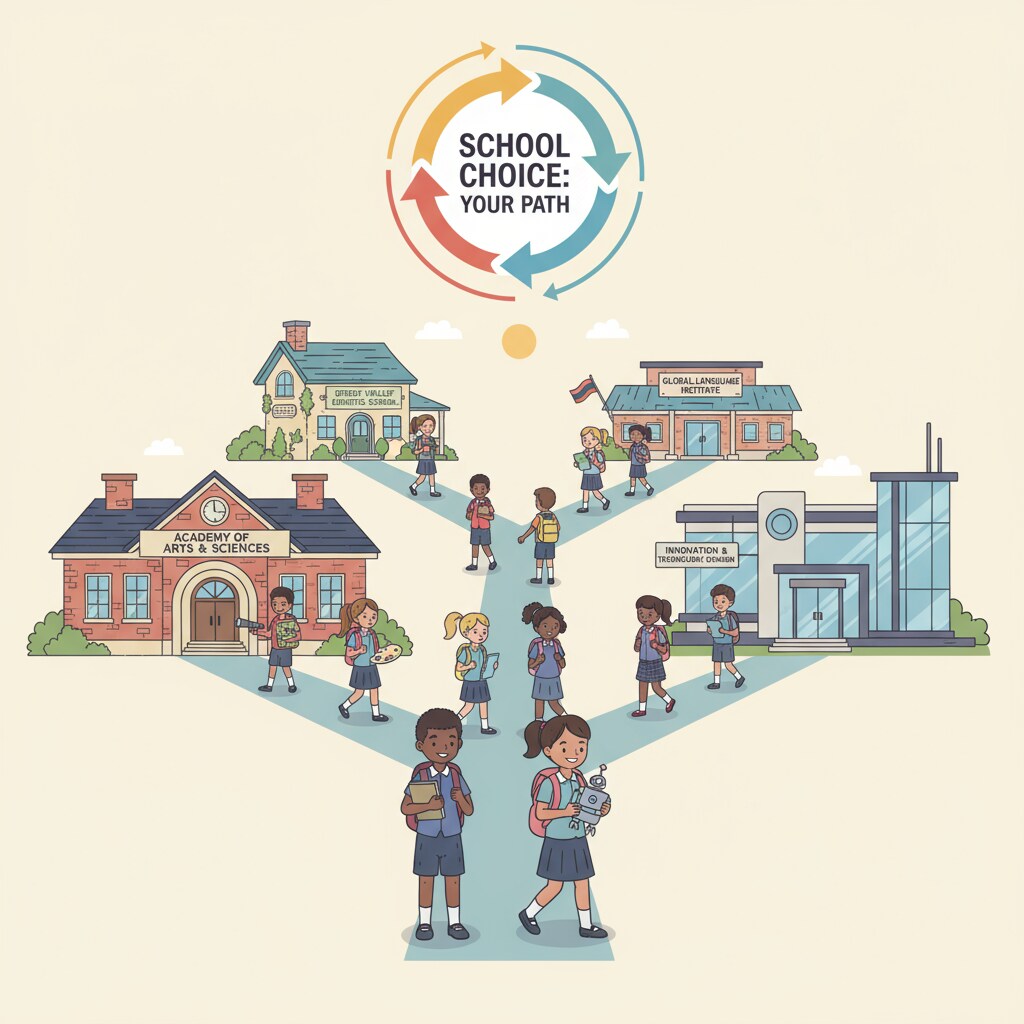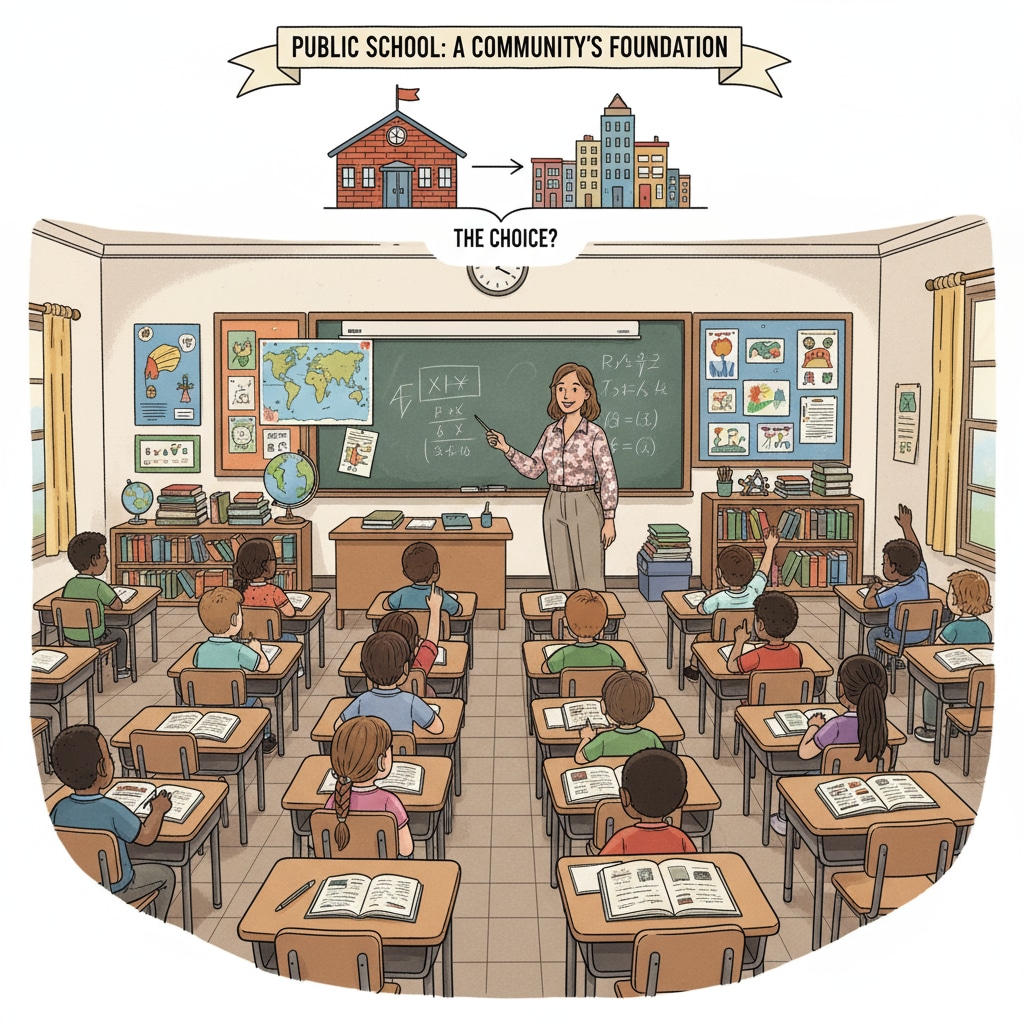The concept of school choice, a significant aspect of education policy, has drawn a great deal of attention from conservative circles. In recent times, conservative views on the school choice program have been evolving, with increasing criticism being leveled against it. This shift in perspective is prompting a reevaluation of this much-debated education policy.

The Threat of Community Division
One of the primary concerns raised by conservatives regarding school choice is the potential for community division. When students are given the option to attend schools outside their local areas, it can disrupt the social fabric of neighborhoods. For example, if a large number of students from a particular neighborhood choose to go to schools in other areas, it may lead to a sense of isolation within the original community. This fragmentation can have a negative impact on local identity and the development of a cohesive community spirit. As Wikipedia’s entry on school choice mentions, the movement of students can reshape the demographic and social dynamics of communities.
The Weakening of Traditional Public Education
Conservatives also worry that the school choice program could potentially undermine the traditional public education system. With the diversion of students to alternative schools, public schools may face a reduction in funding and resources. This can lead to a decline in the quality of education provided in these schools. As a result, the overall standard of public education may be affected. For instance, fewer resources could mean larger class sizes and a lack of updated teaching materials. Britannica’s article on education policy highlights the importance of maintaining a strong public education system for the overall development of society.

In addition to community division and the weakening of public education, the school choice program can also give rise to value conflicts. Different schools may have different educational philosophies and values. When students move between schools, they may be exposed to ideas that conflict with the values instilled in their families and communities. This can create confusion and challenges for students as they try to navigate these different value systems.
In conclusion, the conservative criticism of the school choice program brings to light several important issues. As we continue to explore education reform, it is crucial to find a more balanced approach that addresses these concerns while still promoting the goals of providing quality education and expanding educational opportunities. By taking into account the potential drawbacks highlighted by conservative views, we can strive for an education policy that benefits all students and communities.
Readability guidance: The article uses short paragraphs and lists to summarize key points. Each H2 section provides relevant details. The proportion of passive voice and long sentences is controlled, and transition words are used throughout the text to enhance readability.


